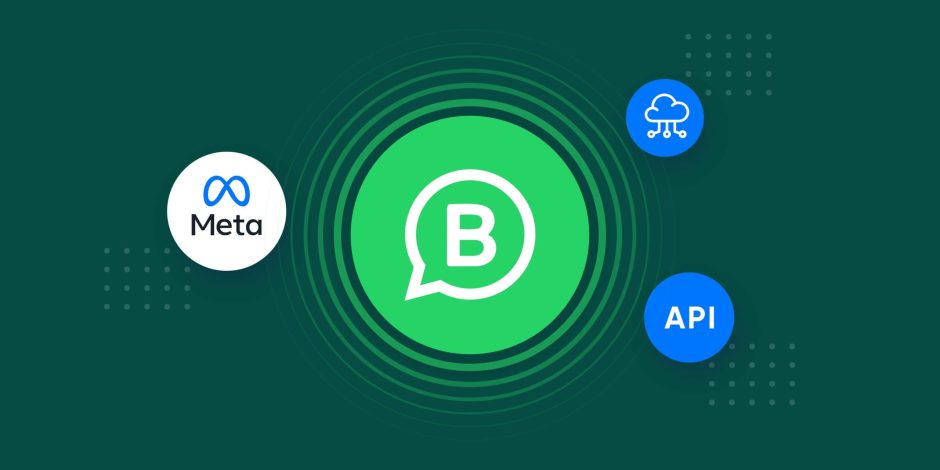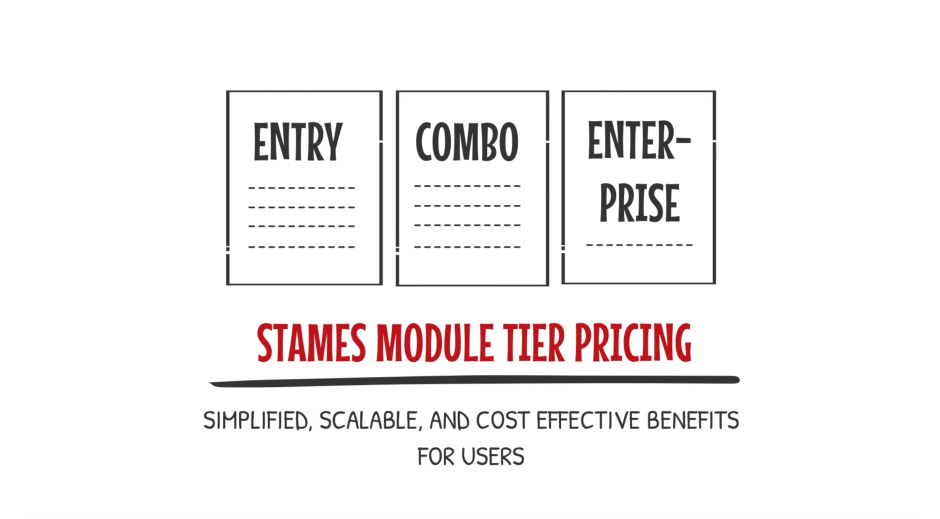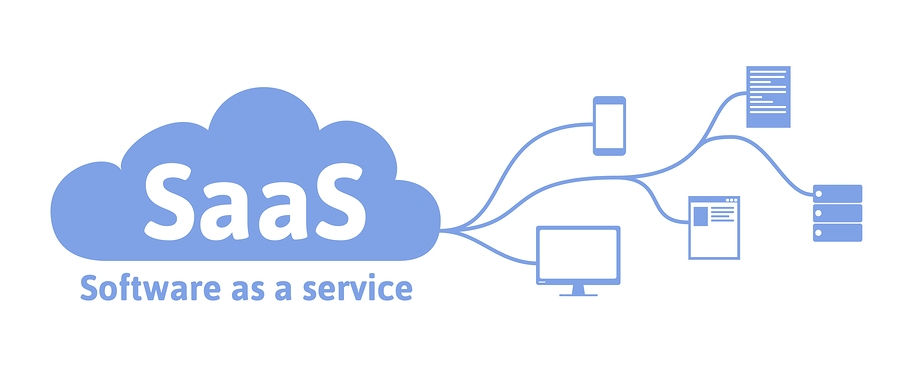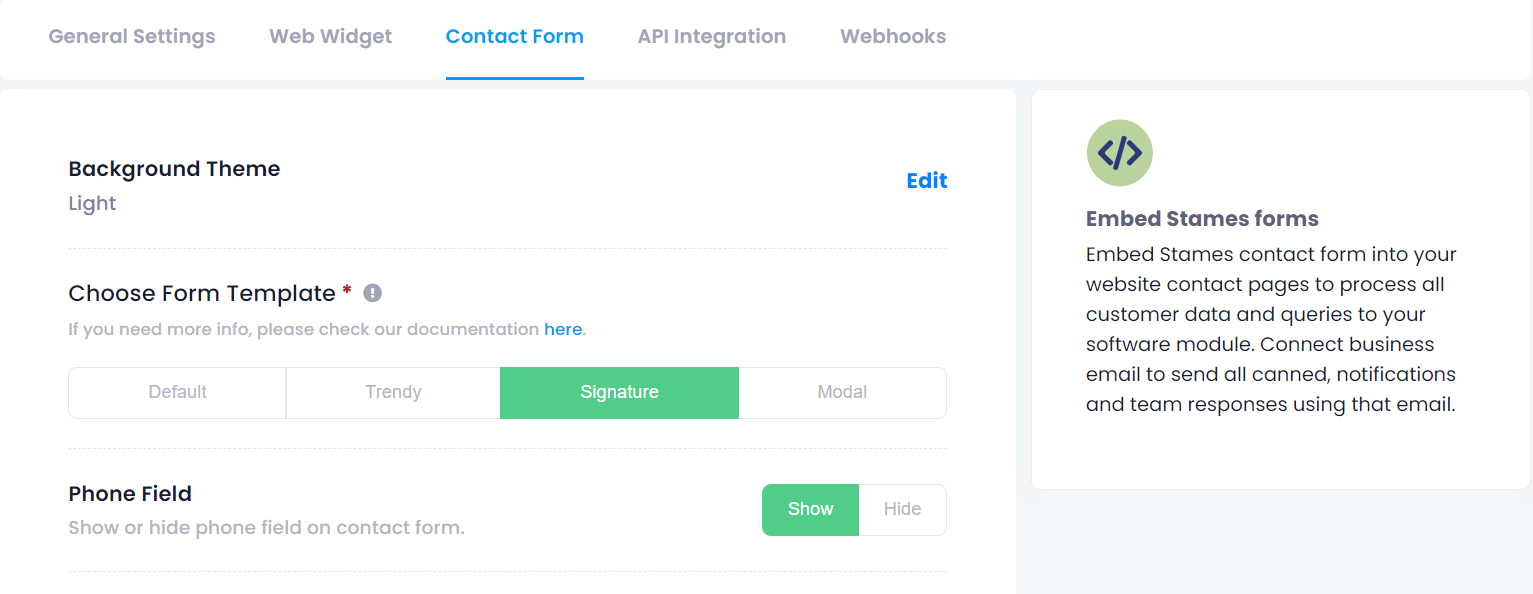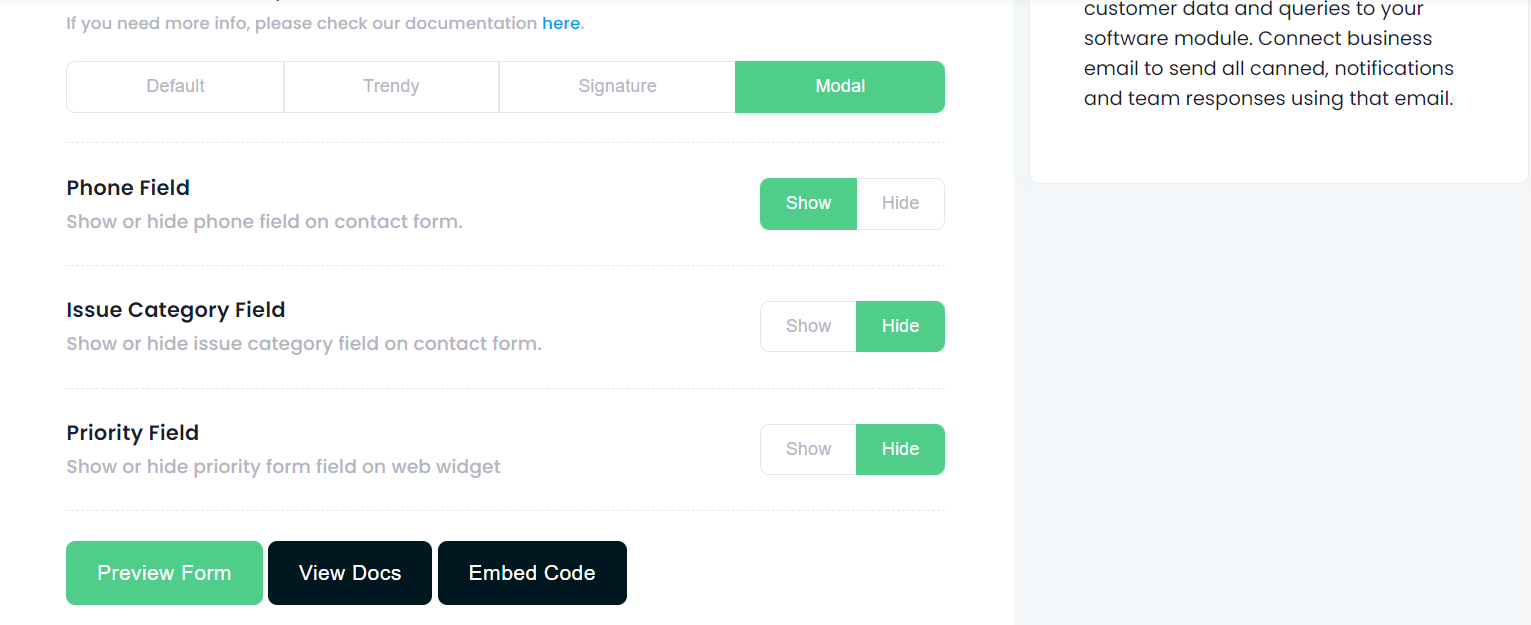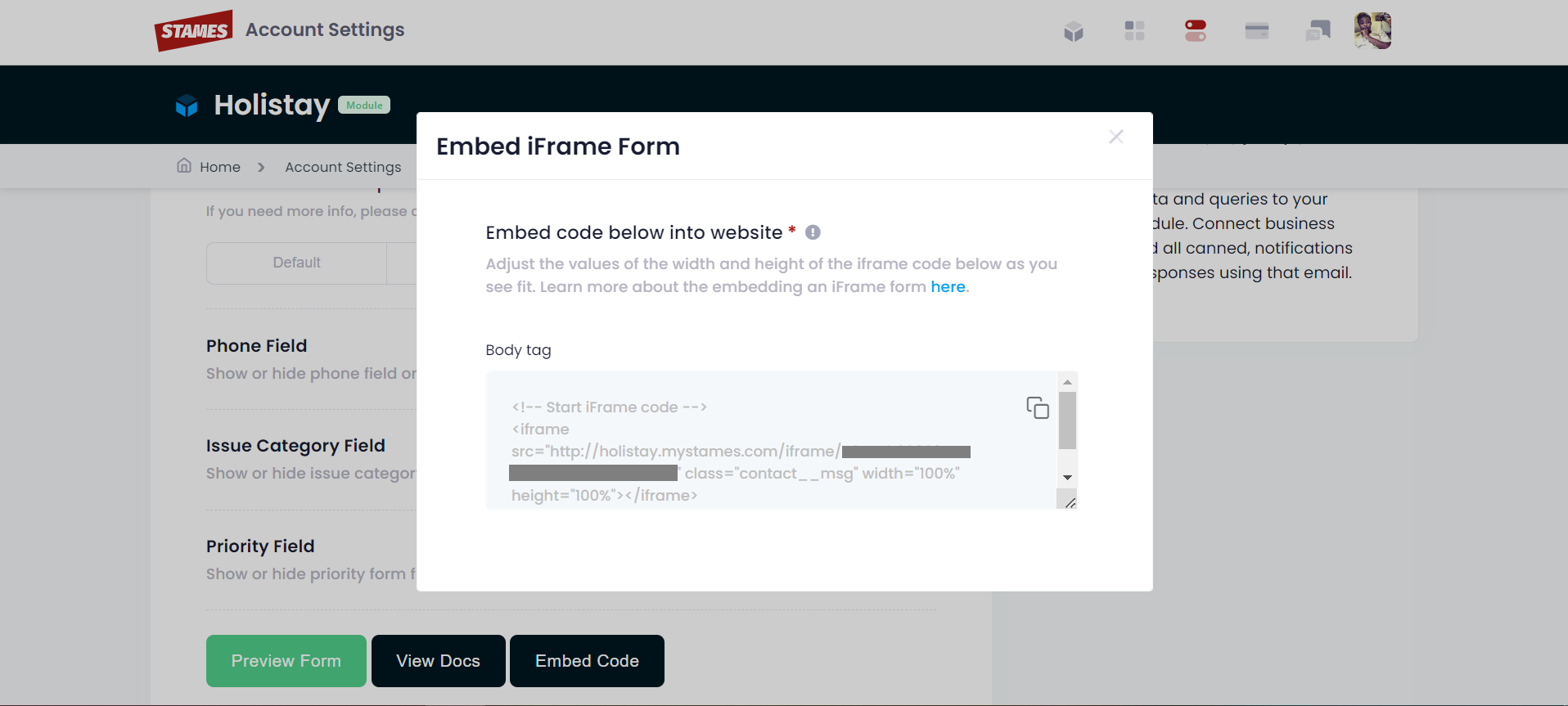In the dynamic landscape of B2B relationships, effective asset support management plays a pivotal role in maintaining trust, enhancing customer satisfaction, and driving business success. Enter Stames, an innovative solution that is redefining the way B2B companies manage and address asset-related issues through its self-service customer portal.
Unveiling the Self-Service Customer Portal:
Stames B2B’s asset support management feature brings a game-changing solution to the forefront. Imagine a portal where clients have the power to report and manage issues with their assets – be it CCTV cameras, generators, cars, biometric devices, or any other equipment that a B2B company provides and maintains on their behalf. The self-service customer portal puts the control in the hands of clients, fostering transparency, efficiency, and proactive issue resolution.
Seamless Issue Reporting:
The self-service customer portal simplifies the process of reporting asset-related issues. Clients can effortlessly log in and submit support requests, detailing the nature of the problem, urgency, and any relevant information. This eliminates the need for lengthy phone calls or back-and-forth emails, streamlining the entire support process.
Centralized Asset Information:
Stames B2B takes asset support management a step further by allowing clients to maintain detailed profiles of their assets. This includes information about each asset’s make, model, serial number, installation date, and more. With a centralized repository of asset data, both clients and B2B companies have a comprehensive view of the equipment under management.
Effortless Site and Location Management:
The B2B self-service portal introduces the concept of company profiles, sites, and locations. Clients can organize their assets based on various sites and specific locations, making it easier to pinpoint issues and allocate resources for quick resolutions. This feature empowers B2B companies to provide tailored support based on the precise location of the asset.
Proactive Issue Resolution:
Stames B2B’s asset support management is all about proactive issue resolution. Clients receive real-time updates on the status of their reported issues, allowing them to track progress and stay informed. This transparency not only builds trust but also enables B2B companies to showcase their commitment to delivering top-notch support.
Enhanced Communication and Collaboration:
The self-service customer portal acts as a collaborative hub, facilitating communication between clients and B2B companies. Clients can provide additional context, upload images or videos of the issue, and engage in two-way conversations with support teams. This seamless interaction ensures that all parties are on the same page, leading to faster and more effective solutions.
Unlocking Business Value:
Stames B2B’s asset support management feature isn’t just about issue resolution; it’s about unlocking business value. By empowering clients with greater control and insights into their assets, B2B companies can foster stronger relationships, enhance customer satisfaction, and demonstrate their dedication to providing top-tier service.
Embrace the Future of B2B Asset Support:
In a world driven by innovation and customer-centricity, Stames B2B’s self-service customer portal stands out as a true game-changer. It empowers clients to take charge of their asset support needs, while B2B companies can streamline processes, elevate service quality, and set new standards for customer satisfaction.
Experience the transformational power of Stames B2B asset support management and unlock a new era of seamless collaboration, transparent communication, and unparalleled customer support. Embrace the future of asset management – one where empowerment and efficiency go hand in hand.





